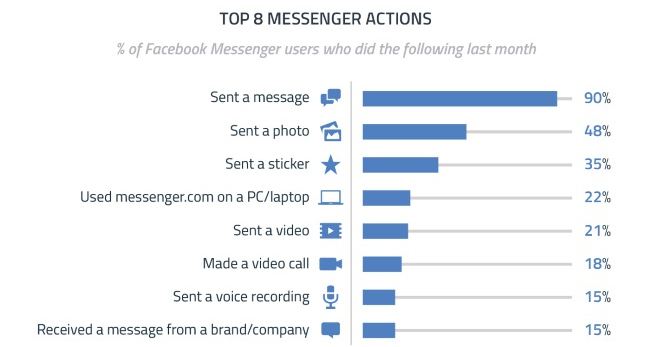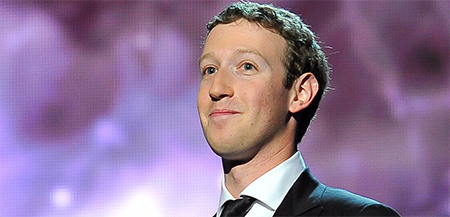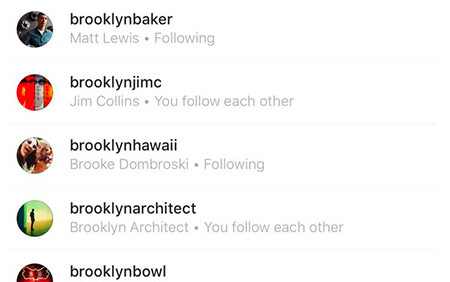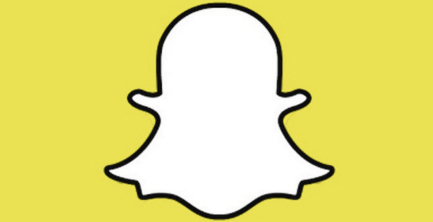The week in social: Messenger messages, Instagram searches, and video views galore

How are we using Messenger?
Facebook Messenger has received equal praise and criticism for reaching beyond its grasp into the realm of “featuritis”. Despite what the app touts itself as, what is the Facebook community using it for? Chances are, they used it to send a message. Far, far following that, they may have sent a photo. At the bottom of the interaction list were receiving messages from a brand, while sharing a location or sending money did not rank in the survey.

Read more on Social Times
Facebook cares that you care that they care
A report this week revealed Facebook’s CAU metric or “Cares About Us”, which goes beyond user affinity, and delves into your sense whether Facebook cares about you. Scores tend to peak during efforts like their Paris Safety Check, and crater when FB is embroiled in privacy controversy. Reportedly, the metric has been a priority for MZ for 2 years running. As Groucho Marx once quipped, “Enough about me, let’s talk about you. What do you think of me?”

Read more on Business Insider
Instagram improving Follow/Follower information
Instagram has been testing new search features for the last few months. Among new options spotted this week was a layout that compares your follow vs. follower status on a user-by-user basis. The lack of this simple comparison has been the value proposition of multiple third-party apps, which consistently expose user information to risk. As Instagram continues to keep its API on lockdown, moves like this reveal a legitimate desire to reduce outside demand and bring users back to the home app.

Read more on Mashable
Periscope & Twitter cross the threshold
Though Periscope and Twitter tied the knot since last year, their full integration has been slow to arrive. Now, the wait is over. This week, users who update their iOS apps will begin seeing Periscope feeds appear natively within the Twitter app. Don’t have Periscope? Not a problem. Twitter users will be able to view the feeds without any app switching, further cutting down the steps and hurdles that enable new content and features. Good luck you crazy kids.
Read more on Twitter
Snapchat users watch 7 billion videos per day
2016 renews the battle for video views as Snapchat reports they’re up to 7 billion video views per day, a number that has steadily grown since a reported 2 billion views per day in May of 2015. The new number indicates Snapchat gaining on Facebook and competing with YouTube for market share. The drive for meaningful views will be a tough market as social channels seek a share of the estimated $7.7Billion that will be spent on online video ads in the coming year.

Read more at Business Insider
Video on Facebook? Go native
Research firm Quintly looked at 5 months of data from 1 million Facebook posts and discovered that 65% of brands post video content natively on Facebook, rather than redirecting to other services like Vimeo or YouTube. Why? A different study from Locowise shows that Facebook native videos have an organic reach of 13% while YouTube links averaged 7.9%. More than ever, brands need to factor how their content integrates with social channels as the fill out their content strategies for 2016.
Read more at eMarketer
Facebook emojis rolling out … elsewhere
Facebook’s emojis are working, so they’ve quietly expanded the availability of the emotive iconography beyond Spain and into Portugal, the Philippines, and now Japan. The high-meaning, low-effort interactions draw huge demand, but some will have to wait. Facebook has not been forthcoming in roll-out dates for the UK and US markets.

Read more on The Next Web
Twitter to use user content in ads
UGC’s place in content strategy could go to a new level as Twitter begins testing their “brand enthusiast gallery”. The ad product will enable companies to search Twitter for posts relating to their brand and integrate that content into a campaign. Twitter will act as the mediator by direct messaging the owner of the content on behalf of the brand to secure permission. If successful, this will have a profound effect on how influencer marketing develops in the coming year.

Read more on Digiday
Twitter Polling
Twitter launched Polling for all users last October, and now they’re expanding the options. No longer limited to the 24 hour timeframe, polls can be held for 10 minutes, or 7 days. Twitter boasts that over 1.7 billion votes have been cast on various polls. Facing the coming election season, anticipate this feature will be put to the test in both organic and paid campaigns.
Read more at Tech Crunch